Peppercorn seasoning is a versatile spice derived from the dried berries of the Piper nigrum plant, available in multiple types including black, white, green, and pink. Each variety offers unique flavors and uses, making it an essential ingredient in kitchens worldwide. Whether you're a home cook or professional chef, mastering peppercorn seasoning can elevate any dish.
Table of Contents
- What Exactly Is Peppercorn Seasoning?
- Types of Peppercorns and What Makes Them Unique
- How to Use Peppercorn Seasoning Like a Pro
- Flavor Pairings That Shine with Peppercorns
- Health Benefits You Might Not Know About
- Buying Guide: Choosing the Best Peppercorn Seasoning
- How to Store Peppercorns for Maximum Flavor
- Common Myths and Misconceptions
- Frequently Asked Questions
- Wrapping Up: Pepper Power Unleashed!
What Exactly Is Peppercorn Seasoning?
Let's start at the beginning — what exactly is a peppercorn? Despite its name, black pepper isn't actually a pepper in the chili sense. It comes from the dried fruit of the Piper nigrum vine, native to South India. Once harvested and dried, the berries (yes, they're technically fruits!) become the familiar wrinkled black peppercorns we know so well.
So when we talk about peppercorn seasoning, we're referring to the ground or whole form of these berries used as a spice. But here's where it gets fun — not all peppercorns are created equal. Different processing methods yield different colors and flavors, each bringing something unique to the table.
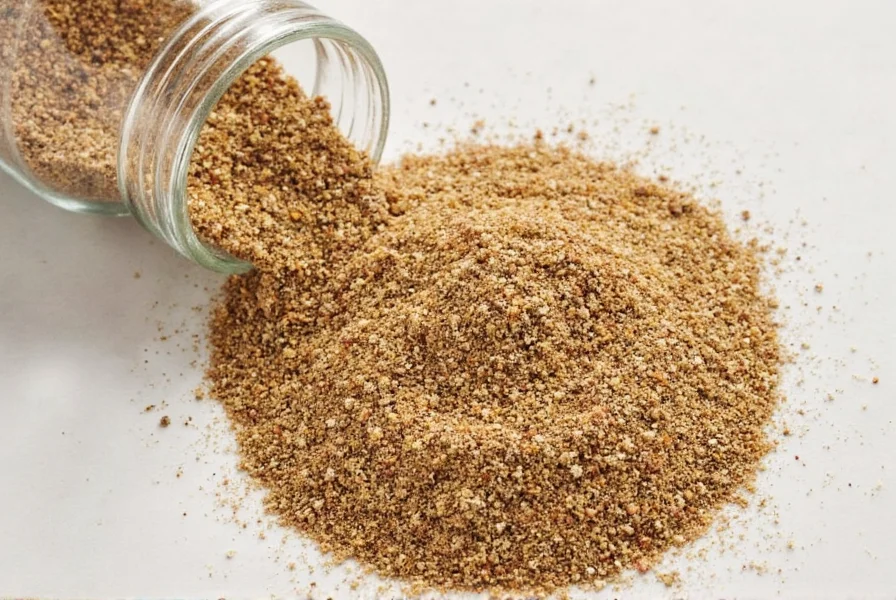
Types of Peppercorns and What Makes Them Unique
If you thought all peppercorns were just black, think again! Here's a breakdown of the most popular types:
| Type | Processing | Flavor Profile | Best For |
|---|---|---|---|
| Black Pepper | Sun-dried unripe berries | Earthy, sharp, bold | Everyday seasoning, meats, sauces |
| White Pepper | Ripe berries with outer skin removed | Mild, earthy, slightly musty | Cream-based dishes, soups, béchamel |
| Green Pepper | Unripe berries preserved in brine or freeze-dried | Herbaceous, grassy, fresh | Vegetable dishes, seafood, salads |
| Red/Pink Pepper | Ripe berries left on the vine longer | Fruity, floral, delicate | Garnishes, fruit dishes, desserts |
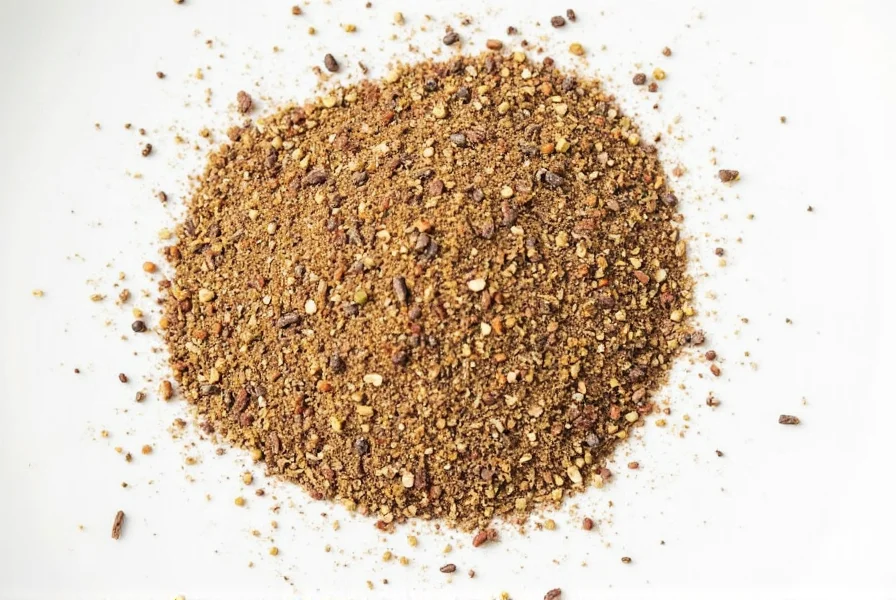
Which One Should You Reach For?
- Black: Your go-to for general use. Bold and versatile.
- White: Subtle and creamy-friendly.
- Green: Fresh and zesty for lighter dishes.
- Red/Pink: Aesthetic flair and fruity kick.
How to Use Peppercorn Seasoning Like a Pro
Using peppercorn seasoning might seem simple — just sprinkle and stir — but there's more nuance than meets the eye. Here are some pro-level tips to get the most out of your peppercorns:
- Grind Just Before Use
Whole peppercorns retain their flavor far better than pre-ground pepper. Invest in a good mill and grind fresh when needed. - Toast for Extra Depth
Lightly toast whole peppercorns in a dry skillet to awaken their essential oils and intensify their aroma. Perfect for marinades or dry rubs. - Add at the Right Time
Black pepper should be added early enough to infuse into the dish, but not too early. Overcooking can make it bitter. Add toward the end of cooking for the best flavor balance. - Use in Cocktails
Crushed black pepper adds a surprising kick to drinks like Bloody Marys and even gin-based cocktails. Try it in a spiced margarita for a fun twist. - Make a Compound Butter
Mix crushed peppercorns into softened butter with herbs like thyme or rosemary. Slather over grilled steak or corn on the cob.
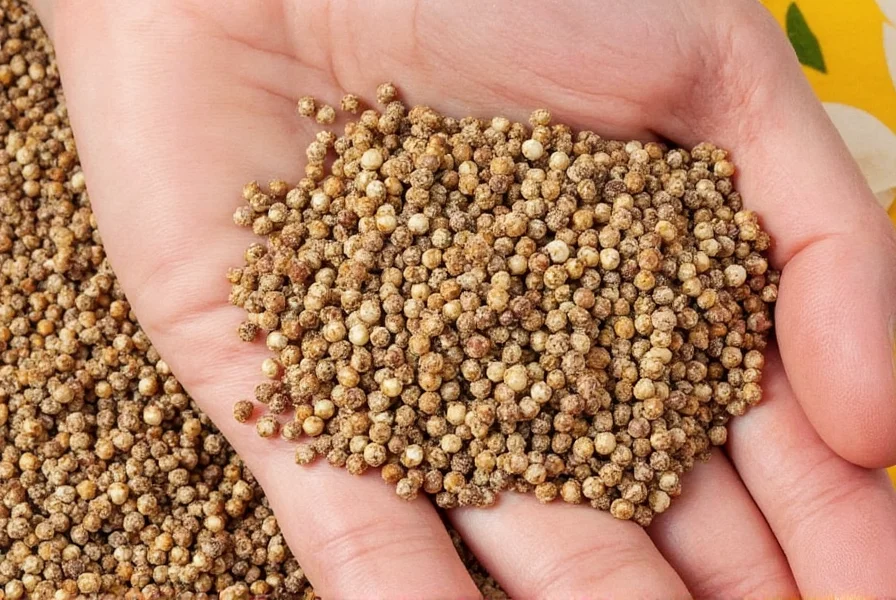
Flavor Pairings That Shine with Peppercorns
Peppercorn seasoning plays well with many other ingredients. Here are some top flavor pairings to try:
- Steak au Poivre — Classic French dish where green peppercorns are soaked in brandy and made into a rich sauce.
- Lemon and Garlic — Bright citrus and pungent garlic are lifted by a healthy crack of black pepper.
- Dark Chocolate — Believe it or not, black pepper enhances the depth and complexity of dark chocolate desserts.
- Mushrooms — Earthy fungi love the sharpness of black or white pepper to balance their richness.
- Eggs — From scrambled to shakshuka, a dash of pepper makes breakfast sing.
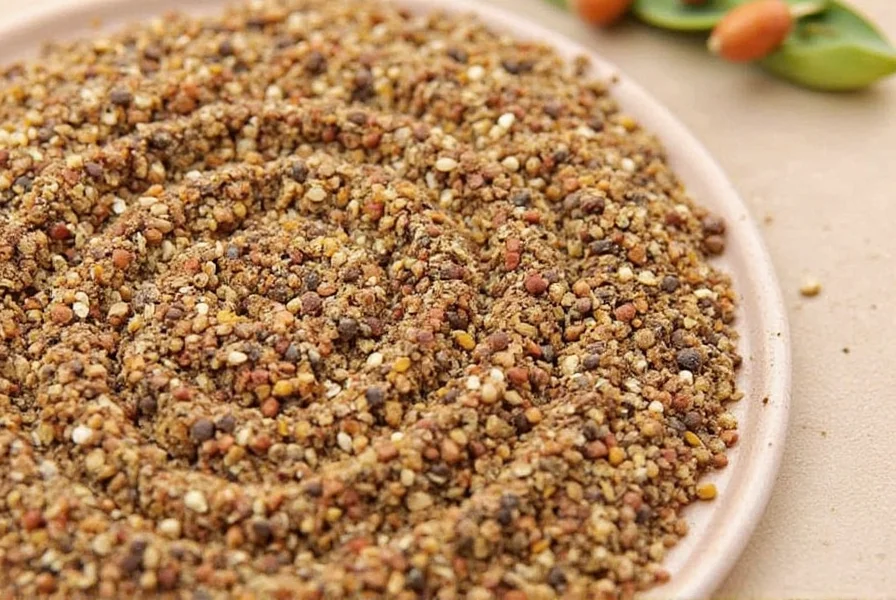
Health Benefits You Might Not Know About
Beyond flavor, peppercorn seasoning offers real health perks:
- Piperine Boosts Nutrient Absorption
This active compound in black pepper increases the bioavailability of nutrients like curcumin (the active ingredient in turmeric), making them more effective in the body. - Antioxidant Properties
Black pepper contains antioxidants that help fight free radicals and reduce oxidative stress. - May Aid Digestion
Piperine stimulates digestive enzymes, helping the gut break down food more efficiently. - Anti-Inflammatory Potential
Some studies suggest that piperine may have mild anti-inflammatory effects. - Weight Management Support
Emerging research indicates black pepper may assist in regulating fat metabolism, though more human studies are needed.
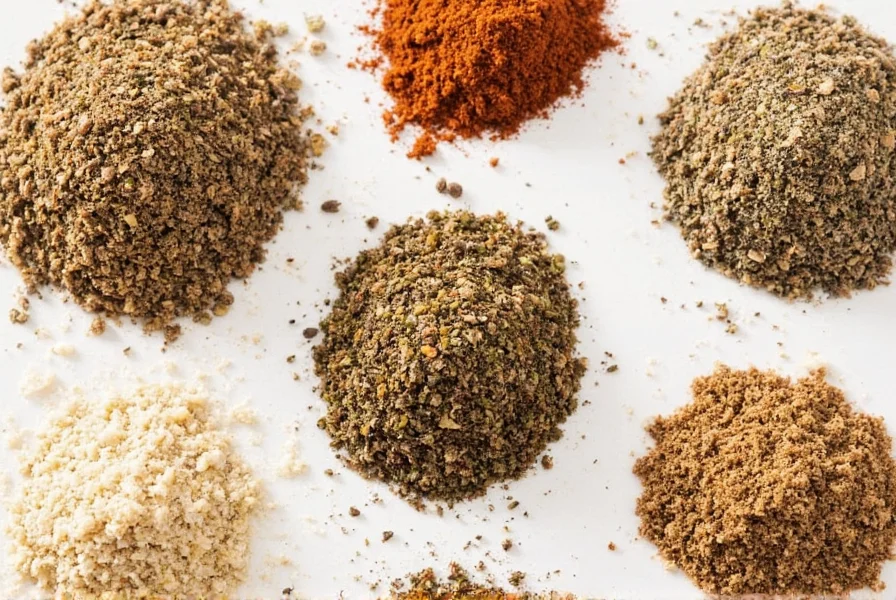
Buying Guide: Choosing the Best Peppercorn Seasoning
With so many options available, how do you choose the right one? Here's a breakdown of top products and what makes each stand out:
| Product Name | Type | Features | Best For | Occasions |
|---|---|---|---|---|
| Kalonji Organic Black Pepper | Whole Black | Organic certified, non-GMO, sustainably sourced | Daily cooking, grinding at home | Family meals, everyday use |
| The Spice Garden Pink Peppercorns | Pink | Exotic appearance, light fruity flavor | Garnishing, desserts, cheese boards | Entertaining, dinner parties |
| Village Harvest Green Peppercorns in Brine | Green | Pickled for tanginess, easy to slice or crush | French dishes, sauces, seafood | Dinner dates, gourmet meals |
| Pure Indian White Pepper | White | Smooth flavor, less aggressive heat | Cream sauces, mashed potatoes, risotto | Delicate recipes, formal dinners |
| Mixed Peppercorn Medley – The Ultimate Collection | Mix | Combines black, green, pink, white in one jar | Experimentation, gift-giving | Gift baskets, culinary experiments |
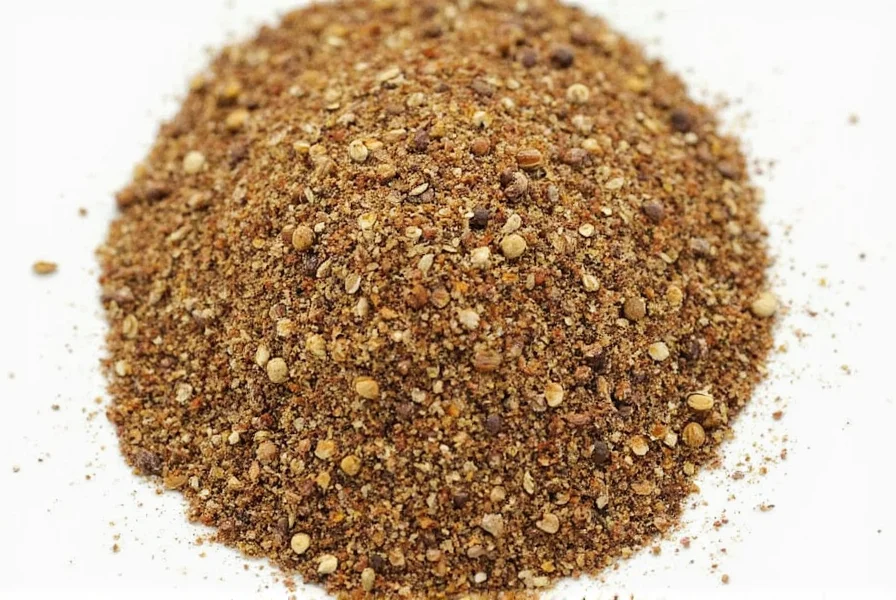
How to Store Peppercorns for Maximum Flavor
Storing peppercorns correctly ensures they stay fresh and potent. Here's how to keep them tasting their best:
- Keep Whole
Store whole peppercorns rather than ground pepper — they last significantly longer without losing potency. - Airtight Containers
Use glass jars or tins with tight lids to prevent moisture and oxidation. - Shelf Life
Whole peppercorns can last up to 3–4 years if stored properly. Ground pepper? Only about 6 months before it fades. - Away from Light and Heat
Store in a cool, dark pantry, not near the stove or oven where heat fluctuates. - No Refrigeration Needed
Unless you live in a super humid climate, room temperature is perfect.
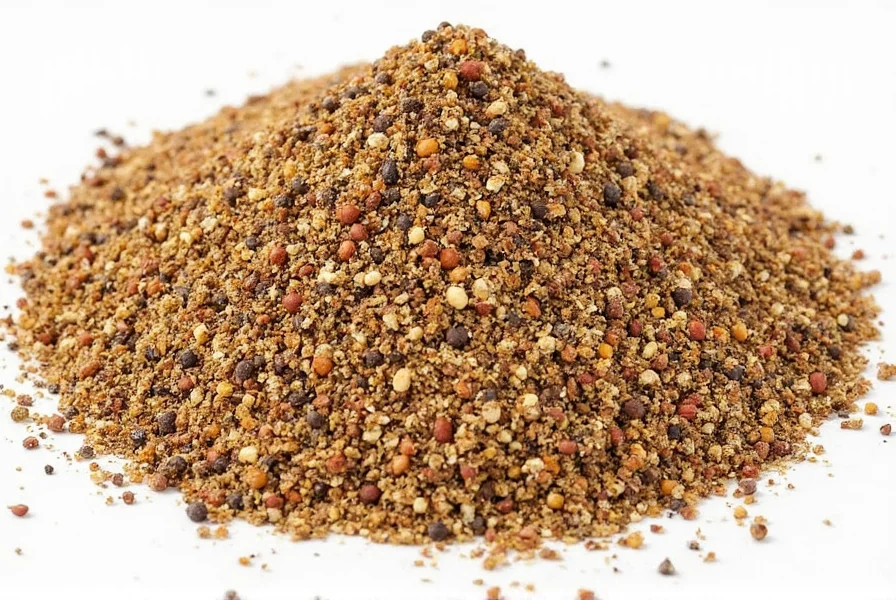
Common Myths and Misconceptions
Time to bust some myths around peppercorn seasoning:
- Myth 1: Black pepper is just salt's sidekick.
Reality: Black pepper can enhance flavor independently and is a key player in many spice blends and cuisines. - Myth 2: All peppercorns come from the same plant.
Reality: While most common ones do, pink peppercorns actually come from a different species altogether (Schinus terebinthifolius), often called Brazilian pepper. - Myth 3: White pepper is just bleached black pepper.
Reality: No chemicals involved! White pepper is simply the inner seed of the berry after the outer layer is removed through soaking and rubbing. - Myth 4: Red peppercorns are spicy like chili peppers.
Reality: Though sometimes called "red pepper," peppercorns don't contain capsaicin and aren't spicy in the traditional sense. They're warm and fruity, not hot. - Myth 5: Pepper goes bad quickly.
Reality: As long as it's whole and stored well, peppercorns remain flavorful for years.
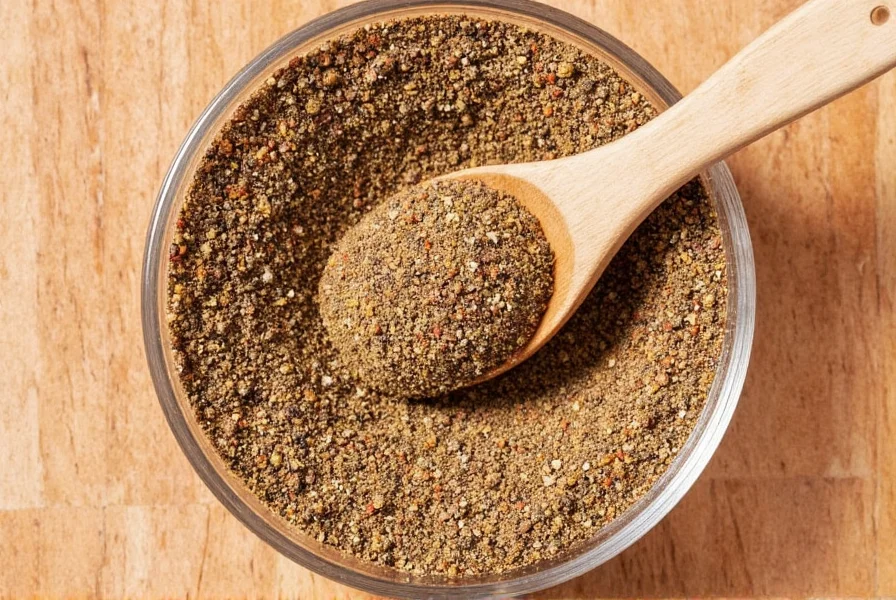
Frequently Asked Questions About Peppercorn Seasoning
What's the difference between black, white, green, and pink peppercorns?
The differences come from processing methods and ripeness. Black peppercorns are unripe berries sun-dried until wrinkled. White peppercorns are ripe berries with the outer skin removed. Green peppercorns are unripe berries preserved in brine or freeze-dried. Pink/red peppercorns are fully ripe berries that develop fruity notes, though true pink peppercorns actually come from a different plant species (Brazilian pepper tree) than the others.
Why should I use whole peppercorns instead of pre-ground pepper?
Whole peppercorns retain their essential oils and flavor compounds much longer than pre-ground pepper. Once ground, pepper loses up to 50% of its volatile compounds within an hour. For maximum flavor impact, always grind your peppercorns fresh using a quality mill just before adding to your dish.
What are the top 5 pro tips for using peppercorn seasoning effectively?
1) Always grind fresh for maximum flavor impact. 2) Toast whole peppercorns briefly in a dry pan to intensify their aroma. 3) Add black pepper toward the end of cooking to prevent bitterness from overexposure to heat. 4) Experiment with different peppercorn types based on your dish (black for robust foods, white for creamy sauces). 5) Pair with complementary ingredients like lemon, garlic, dark chocolate, or mushrooms to create flavor synergy that elevates your entire dish.
How long do peppercorns stay fresh, and what's the best storage method?
Whole peppercorns stored properly in an airtight container away from light and heat can maintain peak flavor for 3-4 years. Ground pepper loses potency much faster—typically within 6 months. Never store peppercorns in the refrigerator (unless in extremely humid climates) as moisture accelerates flavor loss. A cool, dark pantry is ideal, and always keep them in glass or metal containers rather than plastic which can absorb odors.
Can peppercorns be used in sweet dishes and desserts?
Absolutely! Pink and red peppercorns work particularly well in sweet applications due to their fruity, floral notes. Try a few crushed pink peppercorns in chocolate desserts, berry compotes, or even citrus-based sweets. Black pepper also pairs surprisingly well with dark chocolate—its pungency enhances the chocolate's complexity without making the dish spicy. The key is using peppercorns sparingly in sweet dishes; a little goes a long way.
Which peppercorn is best for steak, and how should I use it?
For steak, coarsely cracked black peppercorns are the classic choice, creating that perfect crust when seared. For an authentic Steak au Poivre, use green peppercorns soaked in cognac. The best technique is to gently press freshly cracked peppercorns into the steak surface just before cooking—not too early, as the acids in the pepper can start breaking down the meat. For thicker cuts, consider a mix of black and pink peppercorns for complexity. Remember to toast your peppercorns first for maximum aroma release.
Wrapping Up: Pepper Power Unleashed!
There you have it — your complete guide to peppercorn seasoning. From the basics of what peppercorns are, to choosing the right type, storing them properly, and even debunking common myths, this humble spice has layers of complexity and utility that deserve a place in every kitchen.
Whether you're using black pepper to season your morning eggs, experimenting with pink peppercorns in dessert, or crafting a luxurious steak au poivre, peppercorn seasoning gives you the power to bring bold, balanced flavor to any dish.
Now go ahead — shake off those pre-ground pepper habits, upgrade your grinder, and embrace the full spectrum of pepper possibilities. Because once you understand how to work with peppercorn seasoning, your meals will never taste the same — and that's a very good thing.
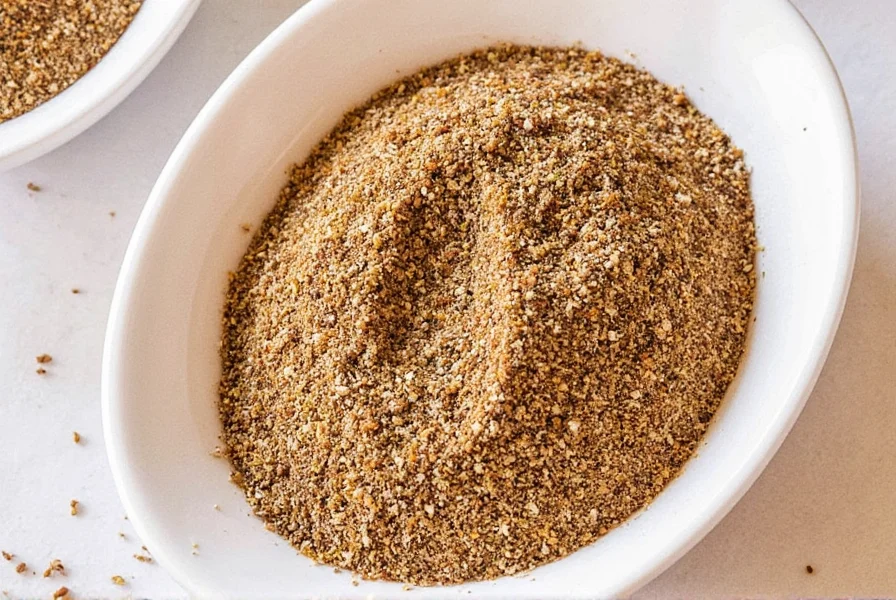
Spice up your life with the versatility of peppercorn seasoning. Explore the different varieties, experiment with new recipes, and remember — a little pepper goes a long way in turning ordinary meals into extraordinary experiences.

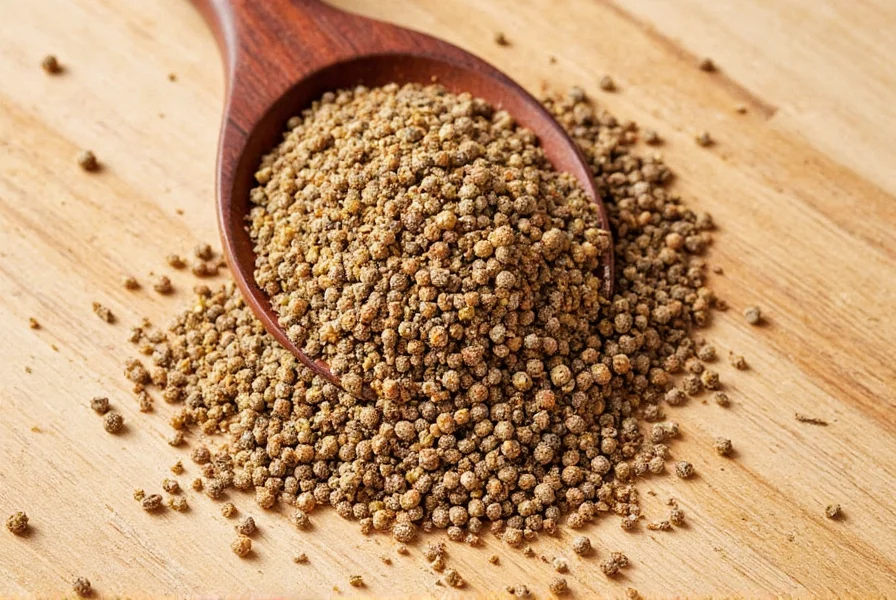









 浙公网安备
33010002000092号
浙公网安备
33010002000092号 浙B2-20120091-4
浙B2-20120091-4